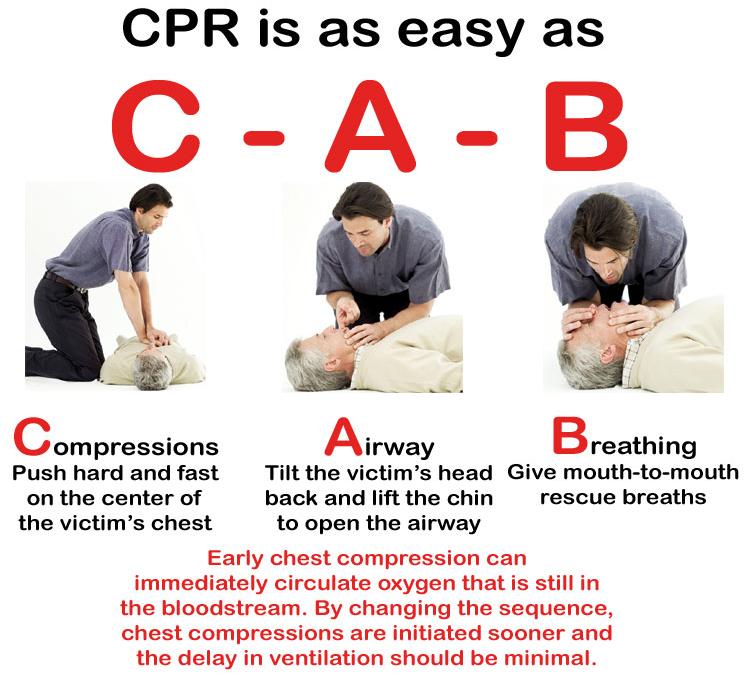

To our knowledge, this is the first study to assess whether the chest compression depth according to the guidelines is sufficient for geriatric patients during CPR. However, there is no mention of geriatrics as a specific subgroup potentially requiring adjustments in the chest compression technique in the current guidelines. 14 – 16) Therefore, the compressions performed in geriatric patients should be deeper than that performed in nongeriatric patients to deliver high-quality chest compressions and thus achieve sufficient cardiac output. 13) Accordingly, the anteriorposterior (AP) diameter of the chest is increased in geriatric patients. Additionally, the elastic recoil capacity of the lungs is reduced with aging. 12) Changes in the structure of the lungs are also mainly attributed to increases in the size of the alveolar space without any inflammation or alveolar wall destruction, so-called “senile emphysema,” resulting in the loss of the supporting structure of the lung parenchyma. However, dorsal kyphosis may develop in geriatric patients due to muscle weakness and degenerative disc diseases. 9, 10) This depth of chest compression corresponds to one-fifth of the external chest depth and approximately 25%–30% of the normal cardiac output. 9, 10) Chest compression depth is an important factor of high-quality chest compression and should be about 5 cm, but not exceed 6 cm in adult patients who experience cardiac arrest based on current guidelines. 7, 8) Survival rates and favorable neurologic outcomes of patients who experience cardiac arrest are closely related to the quality of chest compressions during CPR.
DURING CPR CHEST COMPRESSION FRACTION SHOULD BE AT LEAST SERIES
The “Chain of Survival” as an essential component of a series of actions designed to reduce mortality associated with cardiac arrest and includes early arrest recognition and emergency activation, early CPR, early defibrillation, expert advanced life support, and integrated postresus-citation care. However, various studies on the survival rate of patients who experience cardiac arrest have demonstrated that as the age of a patient who experiences cardiac arrest increases, the likelihood that he or she will survive after cardiopulmonary resuscitation (CPR) decreases.

2) The proportion of older patients who experience cardiac arrest may gradually increase. 1) Patients aged 65 years or older accounted for more than 50% of the total number of patients who experienced cardiac arrest in 2013 in Korea. The mean age of patients who experience out-of-hospital cardiac arrests vary from 49.7 to 71.7 years in 7 countries in Asia, while the average age of patients who experience cardiac arrest in Korea is 63.5☑9.0 years.


 0 kommentar(er)
0 kommentar(er)
